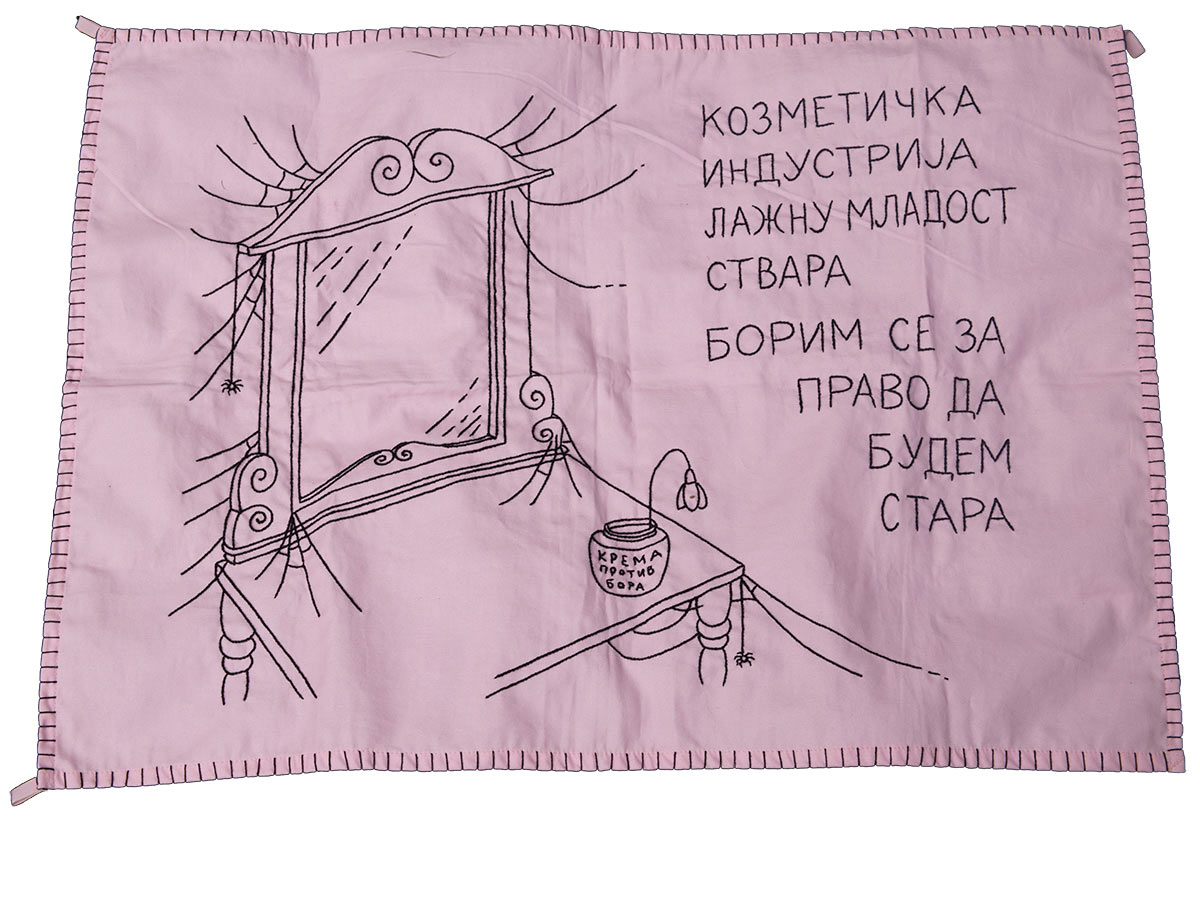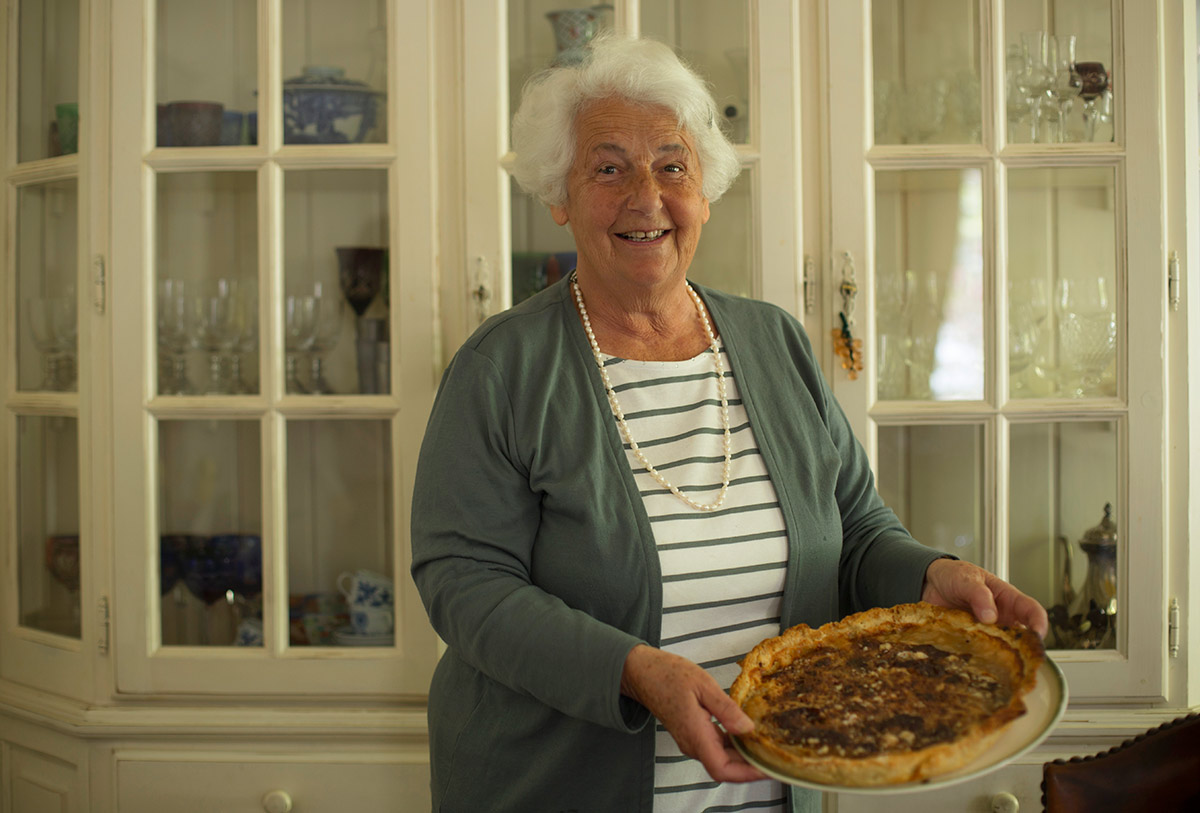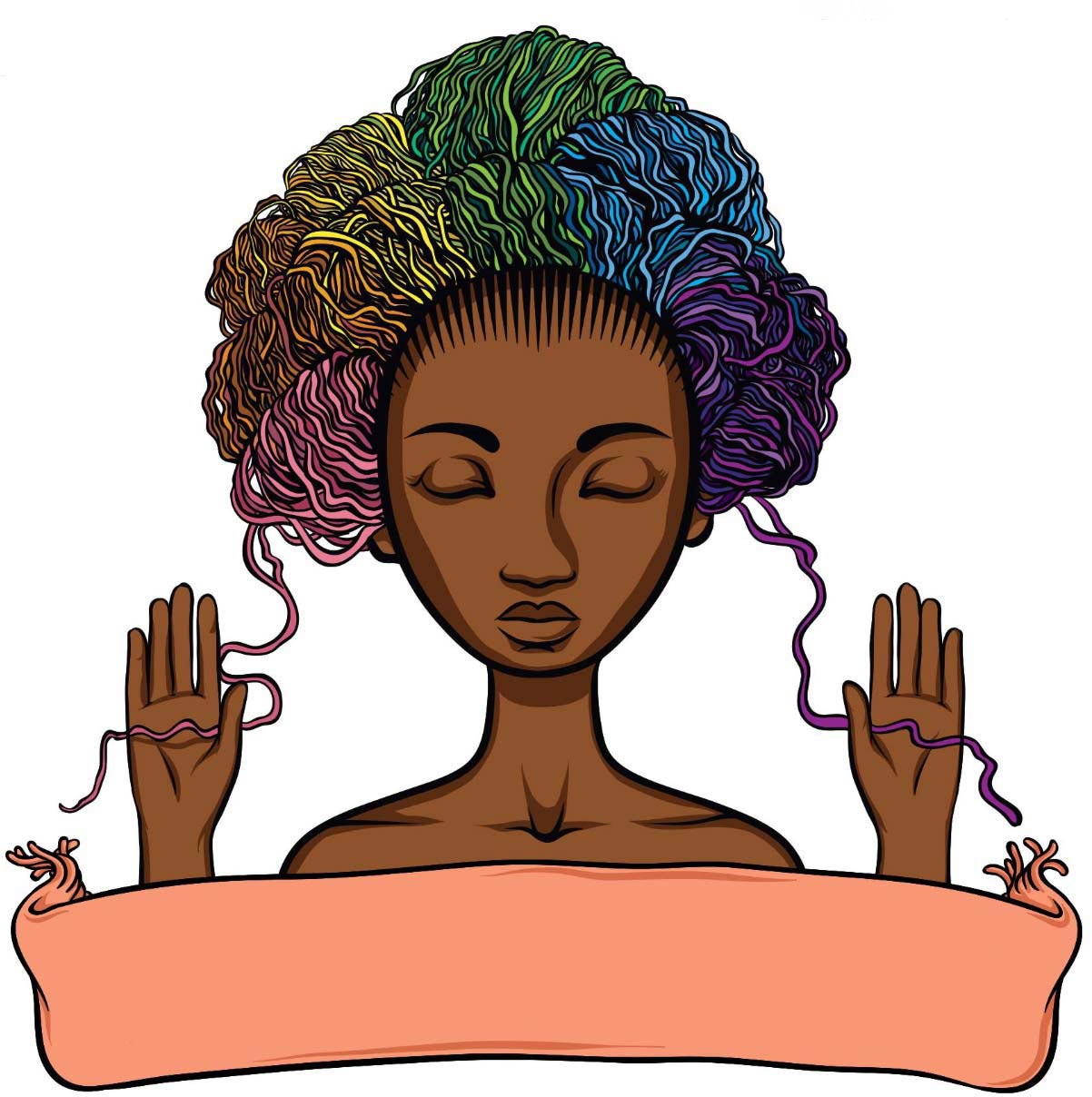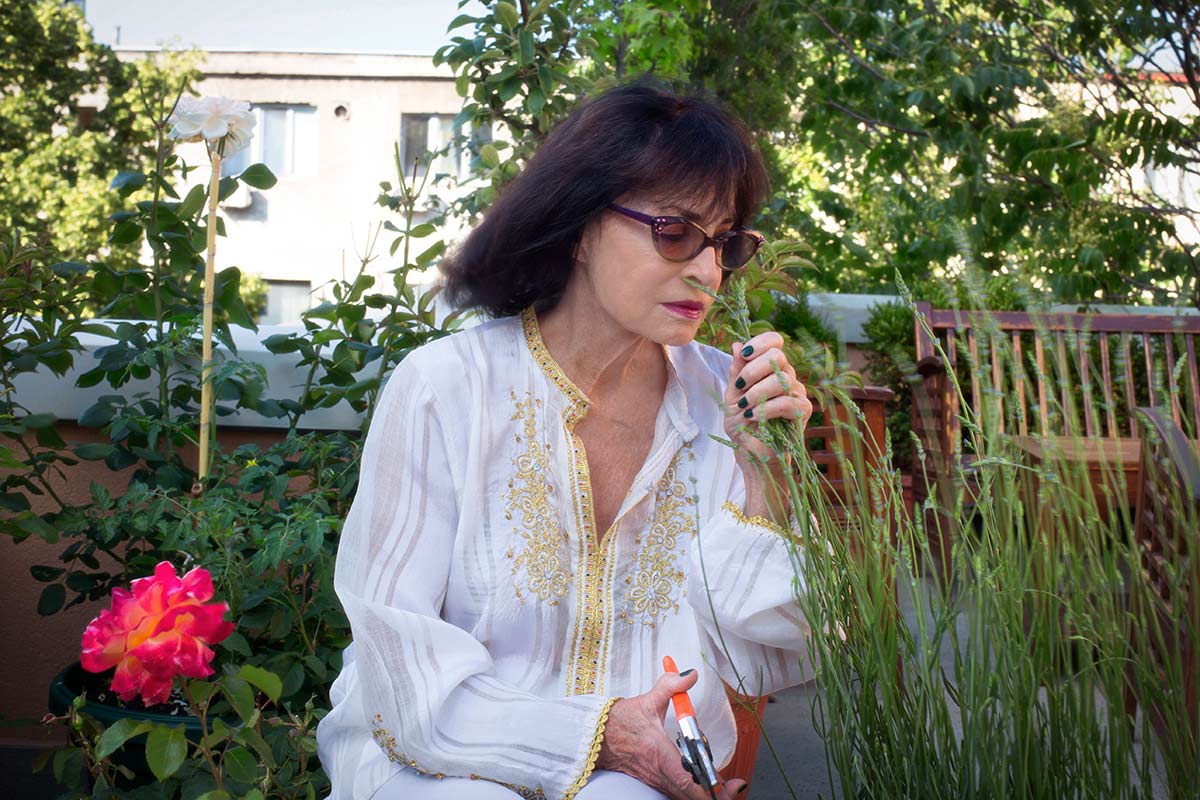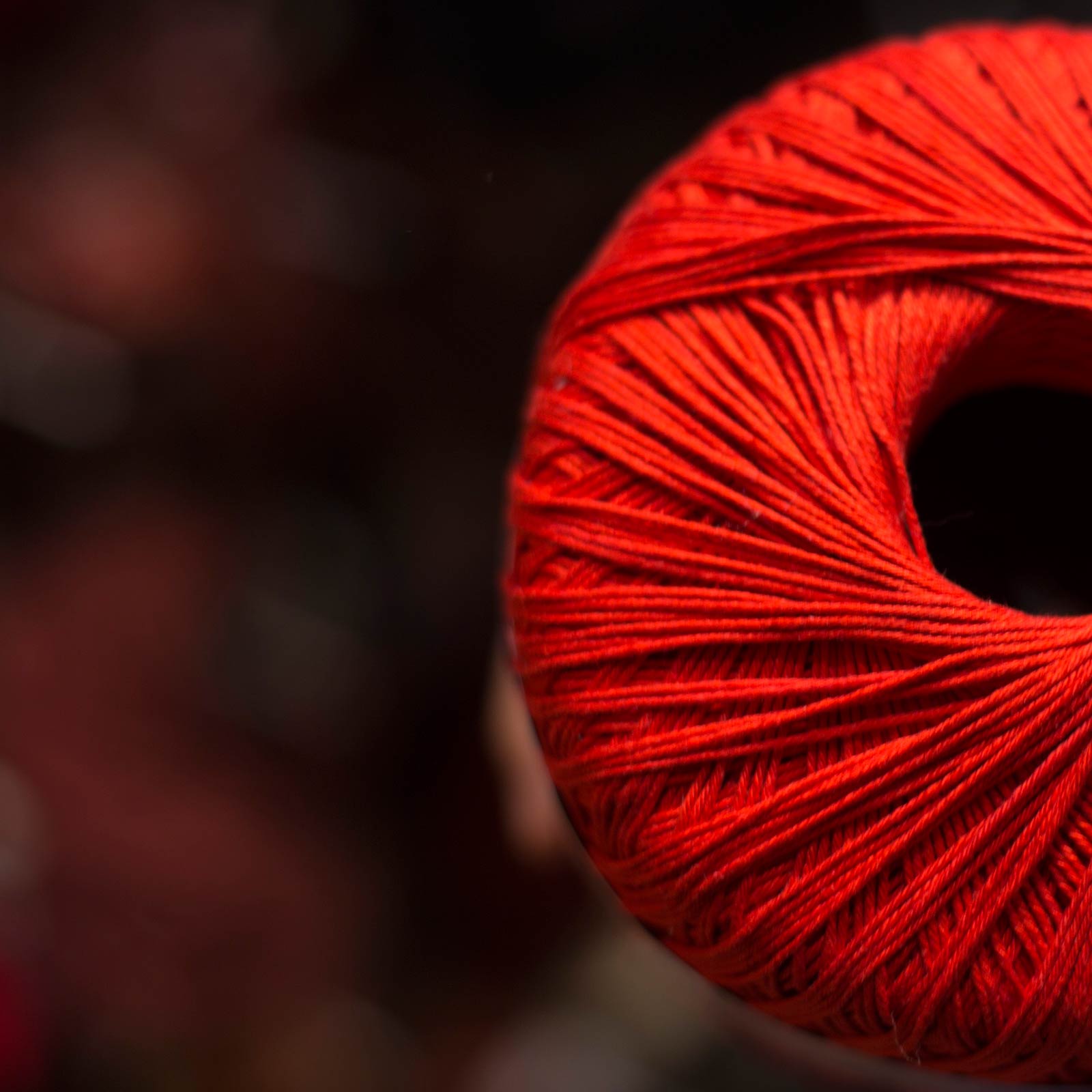
“In todays world, where everything is mechanised, the idea of making your own socks seems appealing. With two knitting needles in hand, it’s more than easy to accomplish”, says a grandiose edition of a practical guide for modern women from 1976. – Women’s empire. We went on a quest to see how this “appealing idea” would work today.
Stuffing a wool scarf in my bag became a sort of ritual, something I do from early November to late in March. Even though I got it from my grandmother, my childhood in general lacked such positive relations to knitting. In other people’s houses, I’d often see a ball of yarn lying on a sofa, or in the hands of women of all ages. They’d make socks, gloves, sweaters, and even chic accessories such as brooches, aprons, hats, using various patterns, schemes and needles. However, I rarely see the same thing today. From what I notice amongst my peers in college, and people online, there’s still some underlying interest for knitting and handwork in general, as a means of entertainment or relaxation.
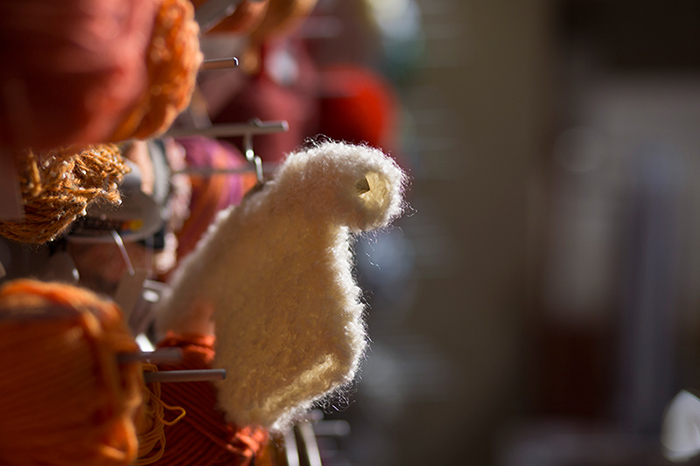
Our quest started off on a cold November day when, working on our first issue, we decided to pick up the threads of modern-day knitting. Our first stop was the most elegant craft store in town and a treasury for all handwork needs- Modellina. Although it was once crammed into just a few square meters, Modellina now spreads across three whole stories in the very heart of Belgrade, sporting a wide array of materials for all means of creative expression. The kind and very elegant owner, Tanja, showed us the way to the knitting corner, explaining everything along the way. Modellina offers more than just creative tools- they offer professional help with workshops and different courses.
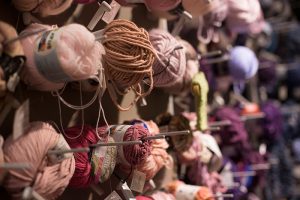

Customers gather in their “Knit café”, where they bring their yarn, or use the ones available in store, and share advice and techniques. Tanja believes knitting is fashionable again, and is becoming more popular as a means of relaxation for younger generations. In her experience, young women often come here after work and knit. This hobby sometimes even grows to become a private business, such as designing and making dolls, clothes, or accessories. Modellina offers all kinds of yarn- from the expensive alpaca fiber, to more “everyday” strains of wool.
Our next stop was a small shop I remember passing by since I was little. “Princess” is located in Takovska street, and their window display is full of elastics, suspenders, buttons, and all sorts of materials- we watched it while waiting in line that formed due to the owner’s short absence. In the store, whose interior is very reminiscent of socialist-era Yugoslavia, we rummaged through baskets full of yarn and collectively helped one woman choose a pattern for her scarf, and in return she shared some tips and tricks. Still, we wondered, is making your own clothes still cost-effective? Shopping in Takovska can save you some money, though it seems this hobby was once cheaper, and made more sense when people had more time for it. Ready-made lines of sweaters, scarves and other wool clothing are a viable alternative now. Still, everything in store convinced us- the spontaneous advice and exchanges between customers, the surprisingly long line in front, the affordable prices – knitting is very much alive in Belgrade, you just have to show some interest.
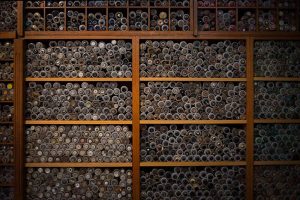
There’s often pictures online of people knitting in metros or waiting rooms across the world. Maybe it’s the lack of both the underground and comfortable waiting rooms, but this hobby is definitely more private here.
At the end of our walk we visited Belgrade’s Flower Square, to have a cup of tea and warm up. An old lady was just packing up slippers and sweaters from the bench on which she sells her crafts, when we came up and asked her where she gets the wool. She took us home, where she showed us all kinds of yarn- from coarse to very soft and delicate; a whole collection of knitting fabrics she got from a region near Zlatibor mountain, where her family still has sheep today.When she needs a specific color, she admits she sometimes resorts to buying from suppliers, but she’s quick to point out how, where she’s from, people can color wool in various shades, naturally.

A native of Kriva reka, a small village in the south of Serbia, this granny can do anything- she’s been spinning yarn since before she was fourteen, and she’s persistent in turning her talent into profit. She even does custom designs.
I couldn’t resist the walnut-colored wool she had and asked for an “everyday” sweater. She asked me a number of questions- single or double knit? A different combination of wool? A fold-over collar?
Her work is often displayed at various popular craft fairs and “fashion markets” around Belgrade.
Although she’s eager to pass on her skill, she says her granddaughters are not interested in taking over the family business.


